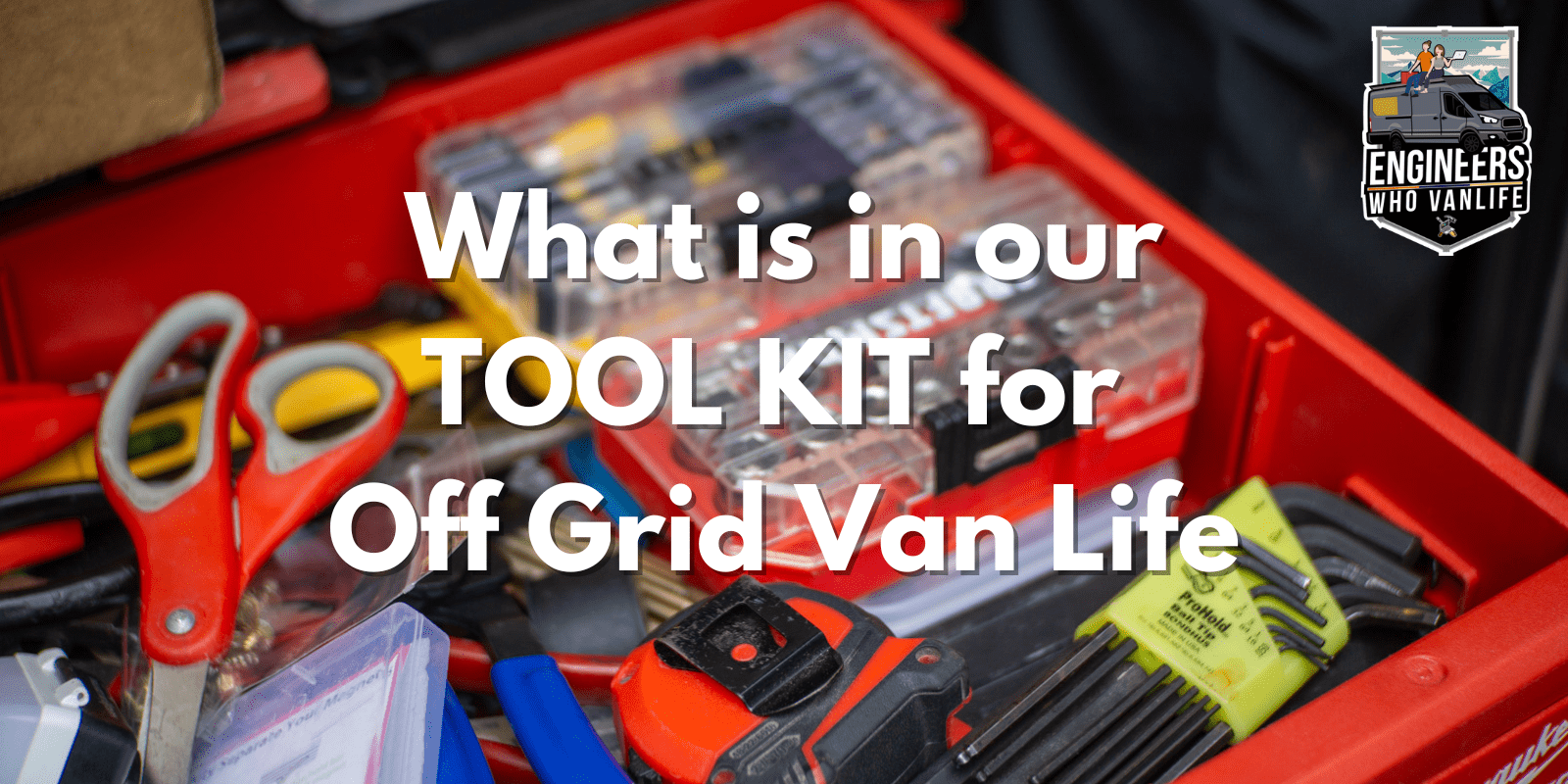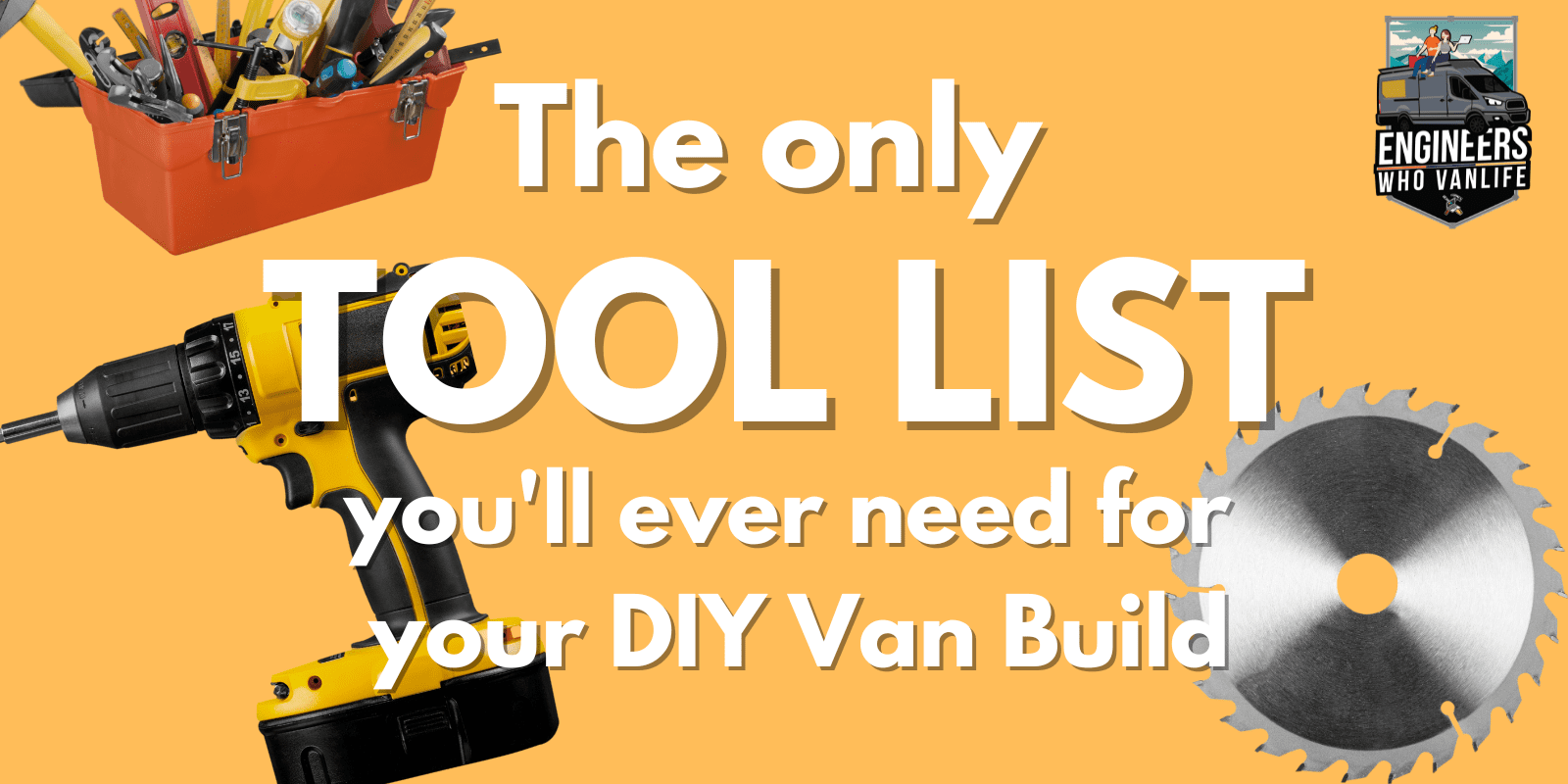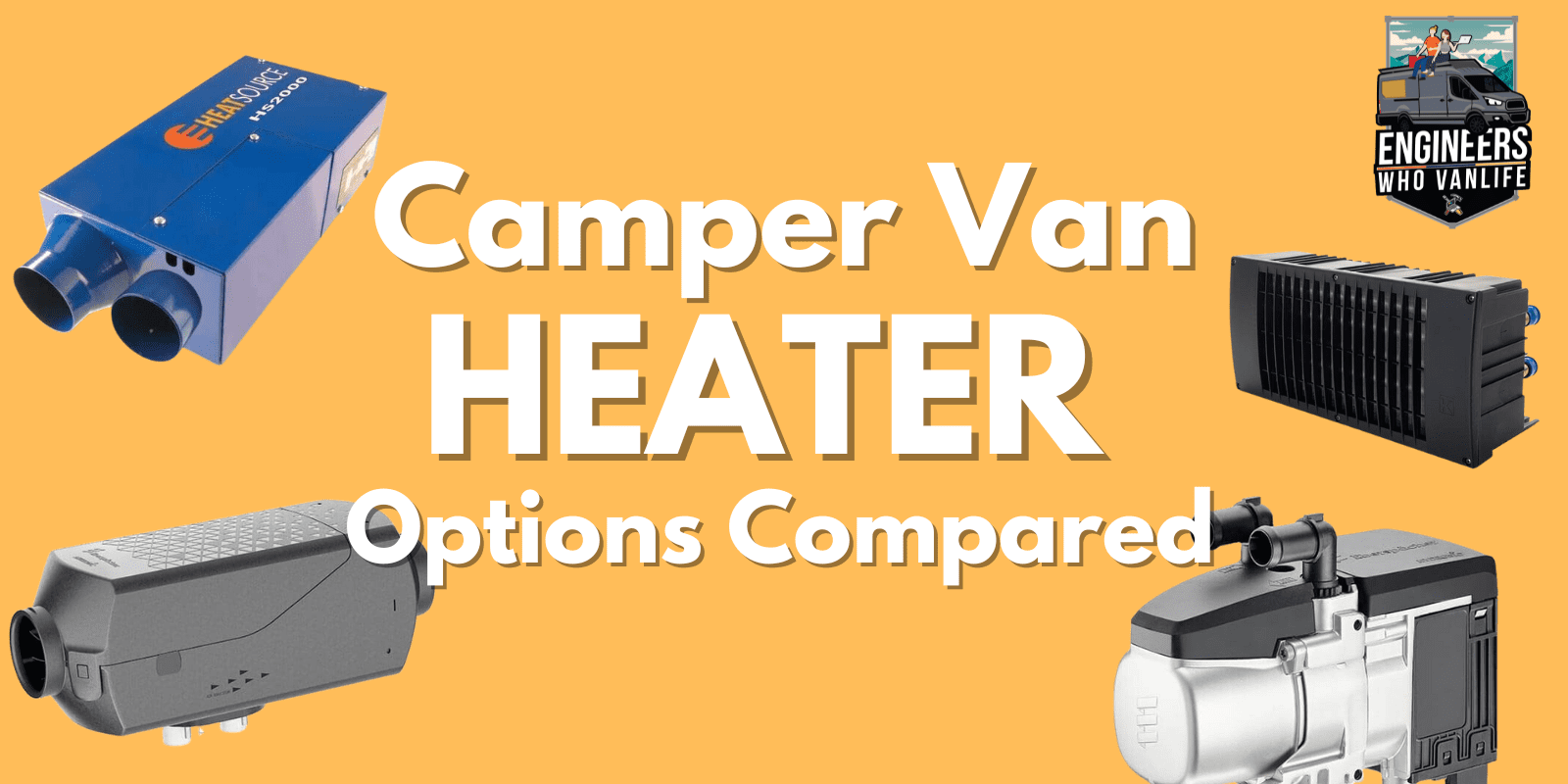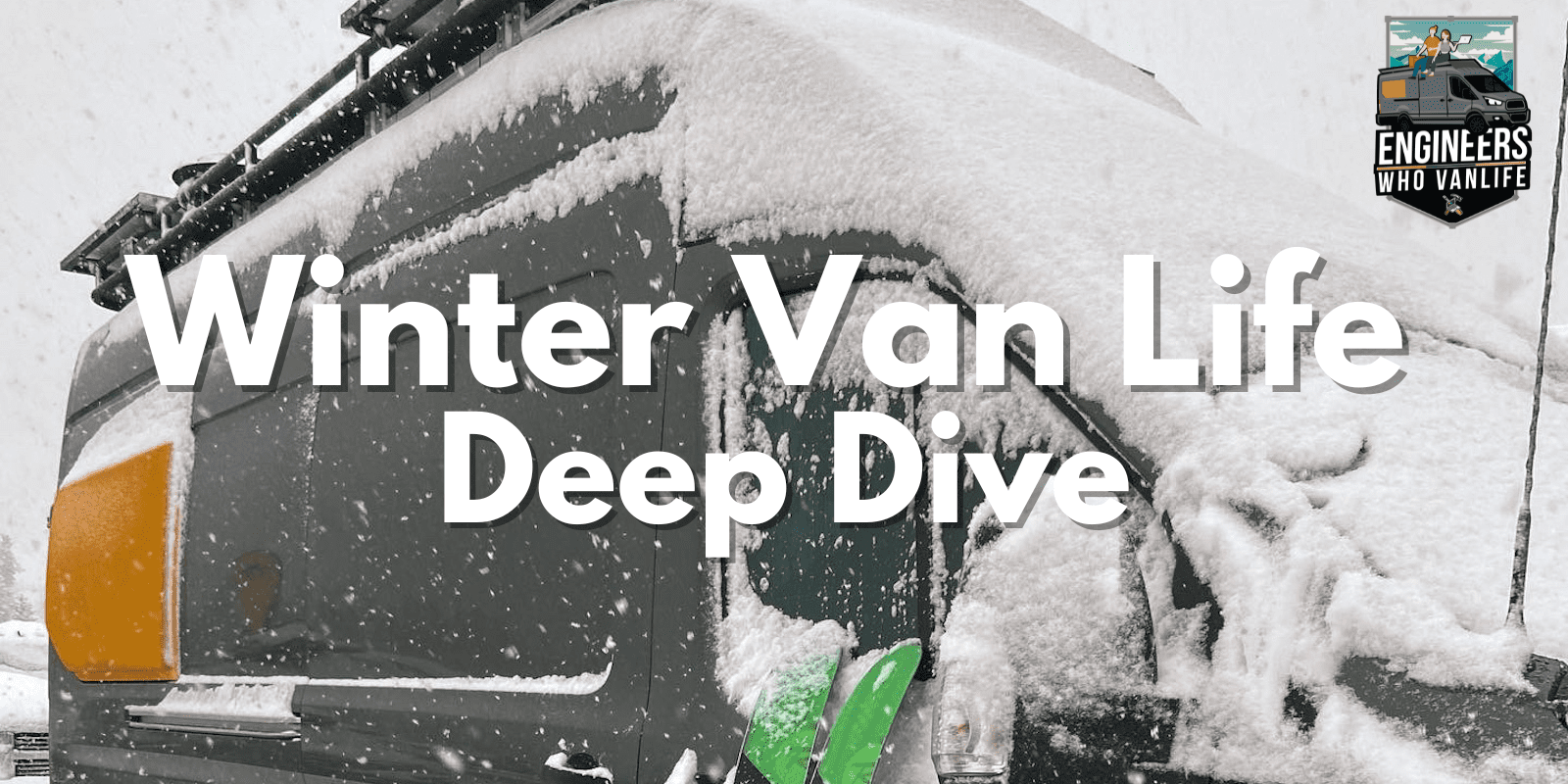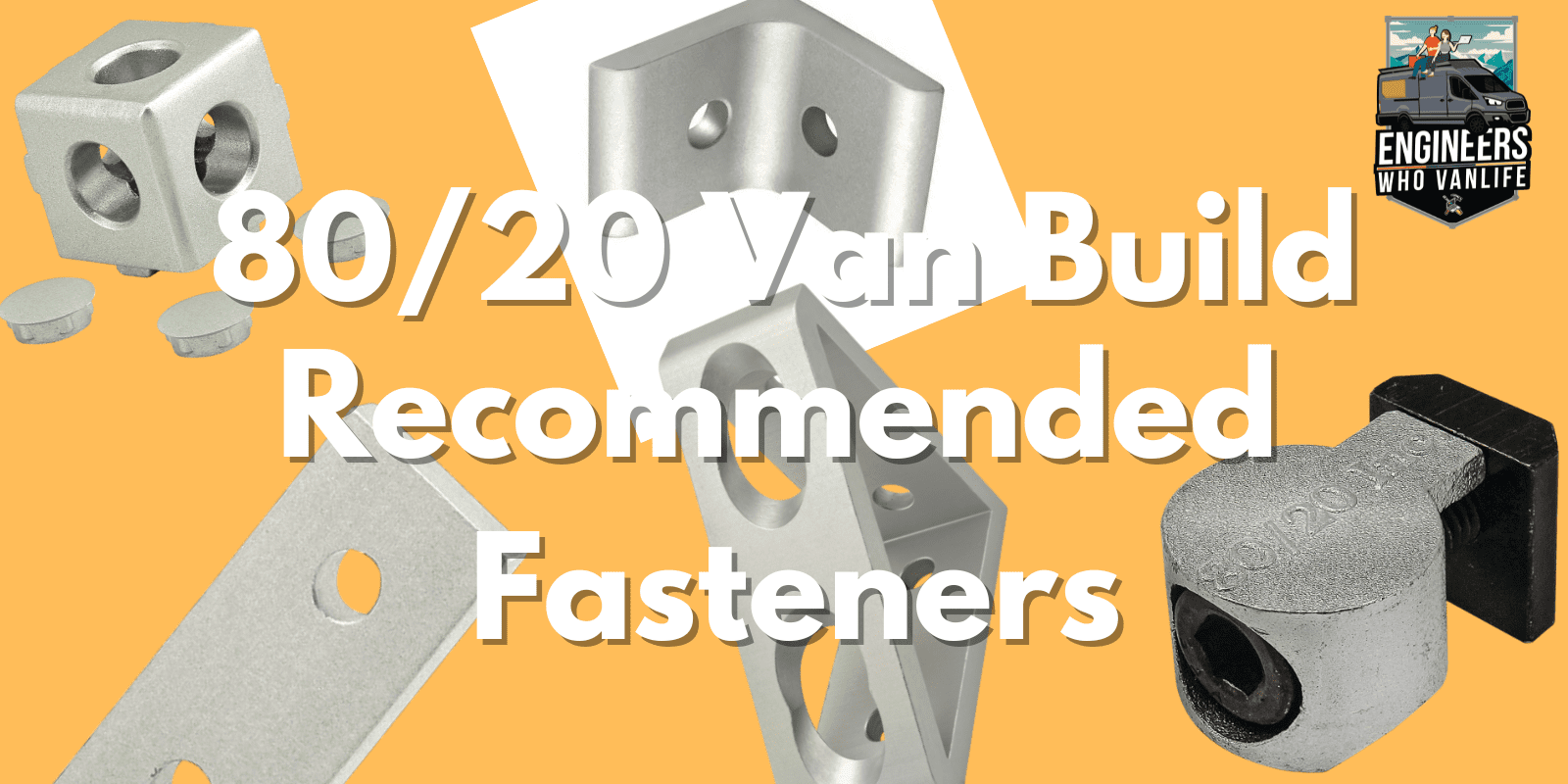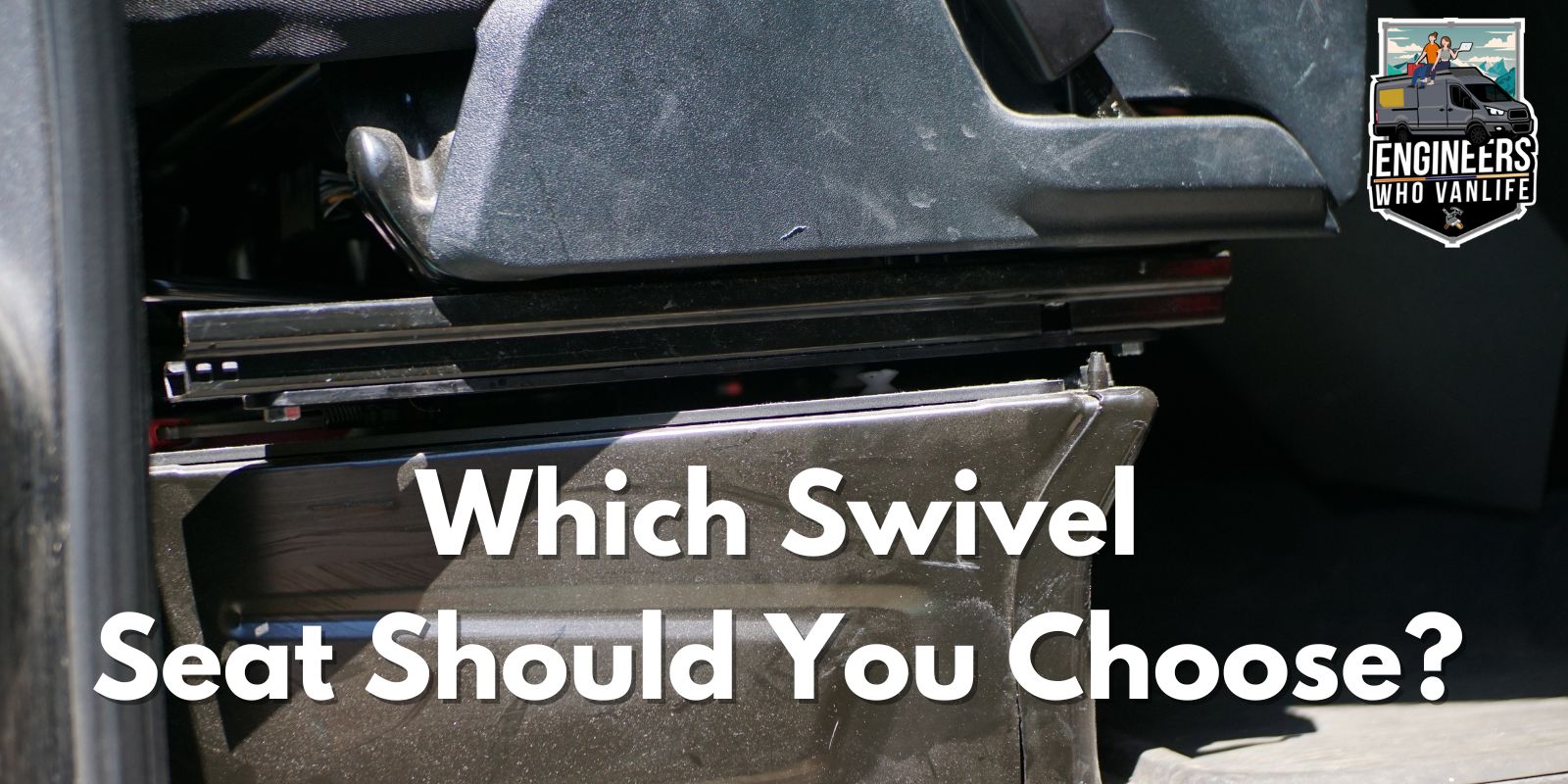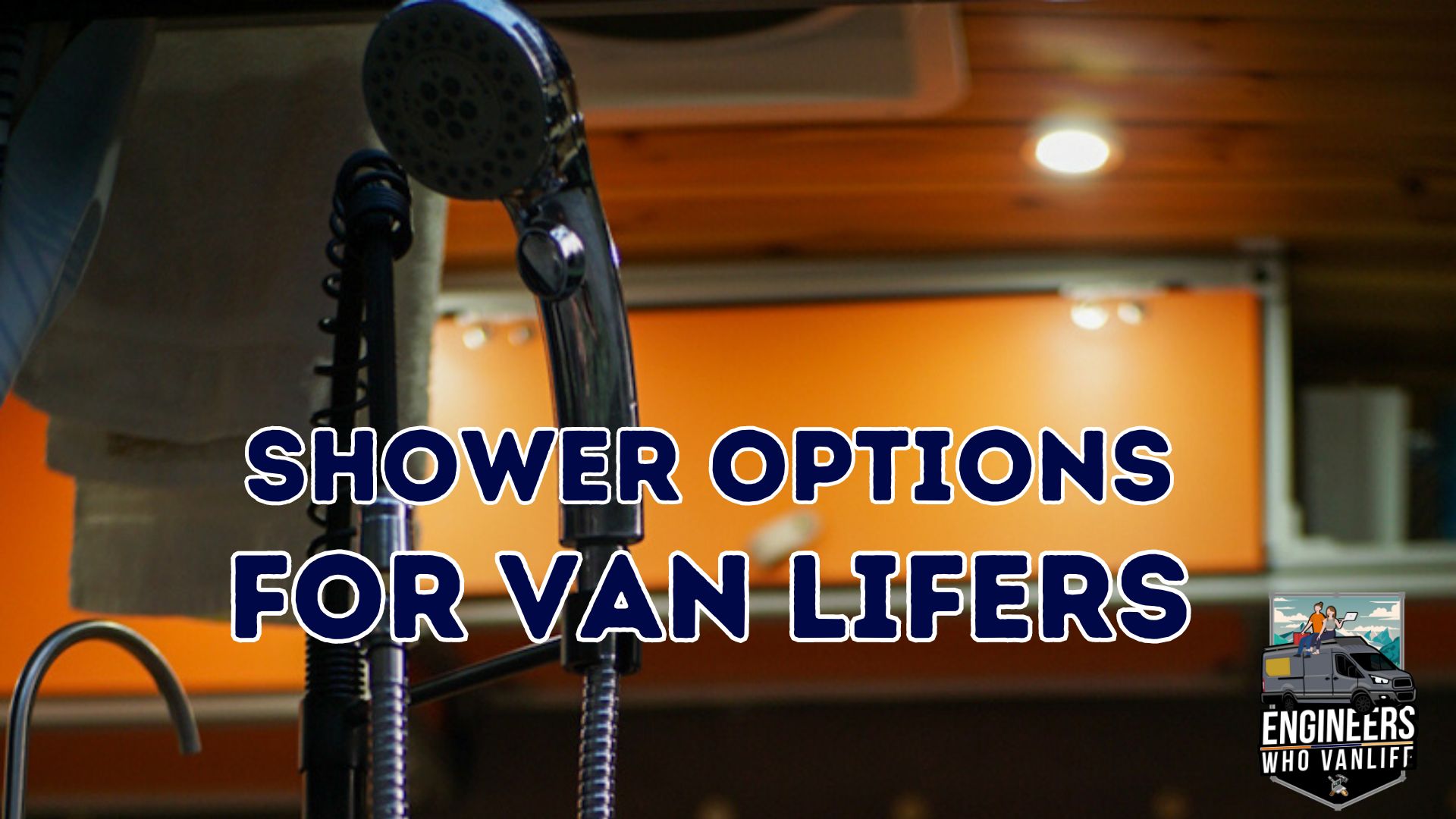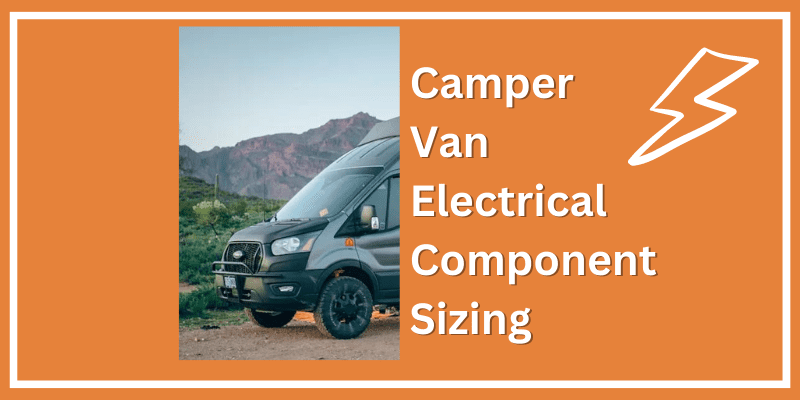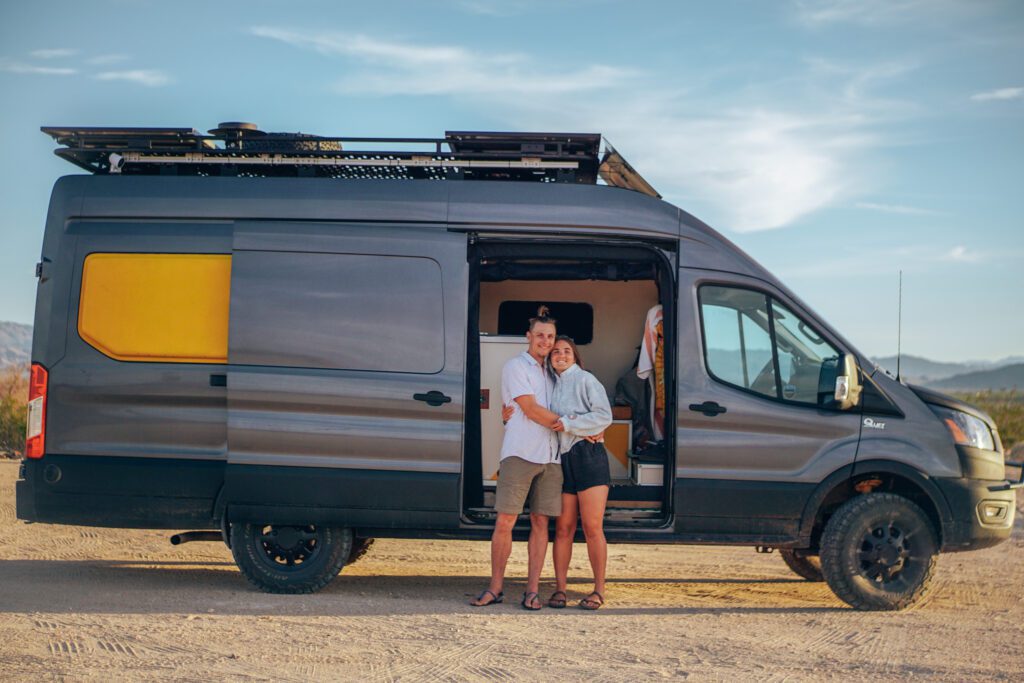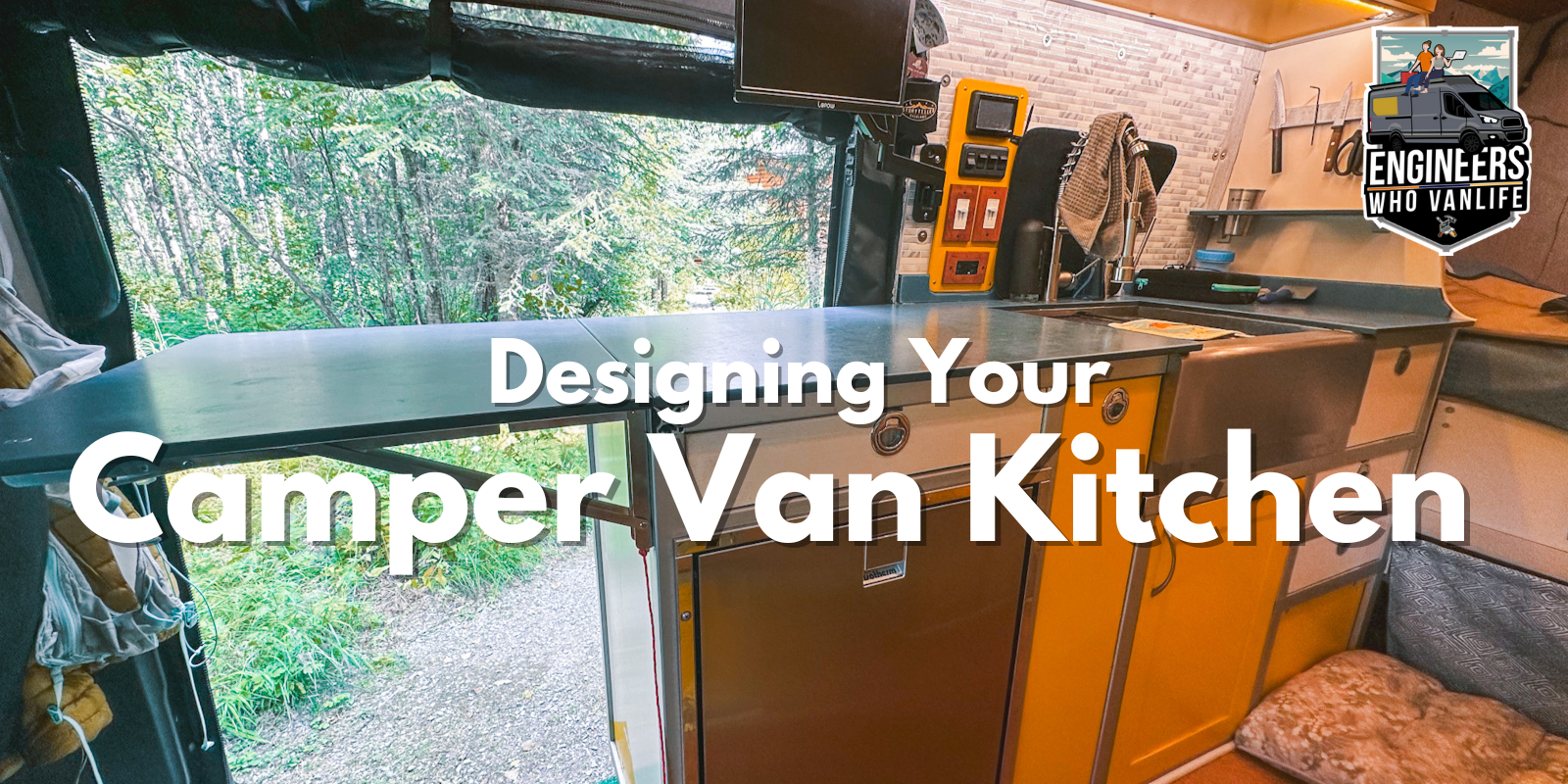
Camper Van Cooking: What do You Need in Van Life Kitchen?
The Importance of a Well Designed Van Life Kitchen Though you basically live outside when you live van life, you should not feeling like you are camping everyday! You should absolutely have some “home” comforts in your camper van. One of those home comforts is a proper van life kitchen that allows you to make delicious, and cozy meals. This guide will dig into all of the components to a well designed van life kitchen, and some general cooking ideas that we have learned over the years as van lifers. Quick Navigation: Van Life Friendly Appliances Propane vs Induction for Cooking Fridge Options + Sizing Oven Options Camper Van Storage Suggestions Sinks Van Life Friendly Meals Van Life Kitchen Appliances Starting with the basics: What components do you need, and can you have, in a kitchen on wheels? Most folks at least have a: Stovetop (propane or electric) Fridge Some van lifers opt to add a: Microwave Oven Instant Pot Rice Cooker Blender Espresso Machine Generally, deciding which appliances to add is a personal decision around how you like to cook and what you like to cook. Choose what is best for you, and make sure your electrical system is capable of handling your chosen appliances. Stovetop Options: Propane or Induction? In order to choose the proper camper van stove top, there are two major decisions to make: Propane vs Induction Fixed vs Temporary Propane vs. Induction Stovetops for Camper Vans Propane stovetops offer a more reliably “classic method” of cooking over a flame. They differ from induction stove tops in that: Minimal electricity is needed Most all cookware is compatible There is a need to carry a propane tank which adds weight and can create storage challenges Additional considerations need to be made to vent the fuel tanks and your cooking Fuel needs refilled periodically Induction stoves are newer to the van life scene and offer precise temperature control. They differ from propane stovetops in that: A decent amount of electricity is needed Your inverter will need to be sized to match the AC power draw Venting is not needed Less condensation is produced due to the lack of an open flame Compatible cookware is required Off the bat, most van lifers will have a strong preference to carry propane, or to not carry propane, and this is generally the leading decision maker between the two. If you don’t have a preference, we encourage you to think about your willingness to size your electrical system up to match the needs of an induction cooktop and your desire to find propane as you travel. Van Life Stovetop Recommendations Portable Induction Stovetops Portable induction stovetops are great because they free up counter space and can be used anywhere, including outside! Generally, we recommend getting 2x individual burners for easier storage, but we’ve also seen van lifers with dual burners. Shop Single Burner Shop Dual Burner Drop In Induction Stovetops If you would rather have a built in induction stove top to save
